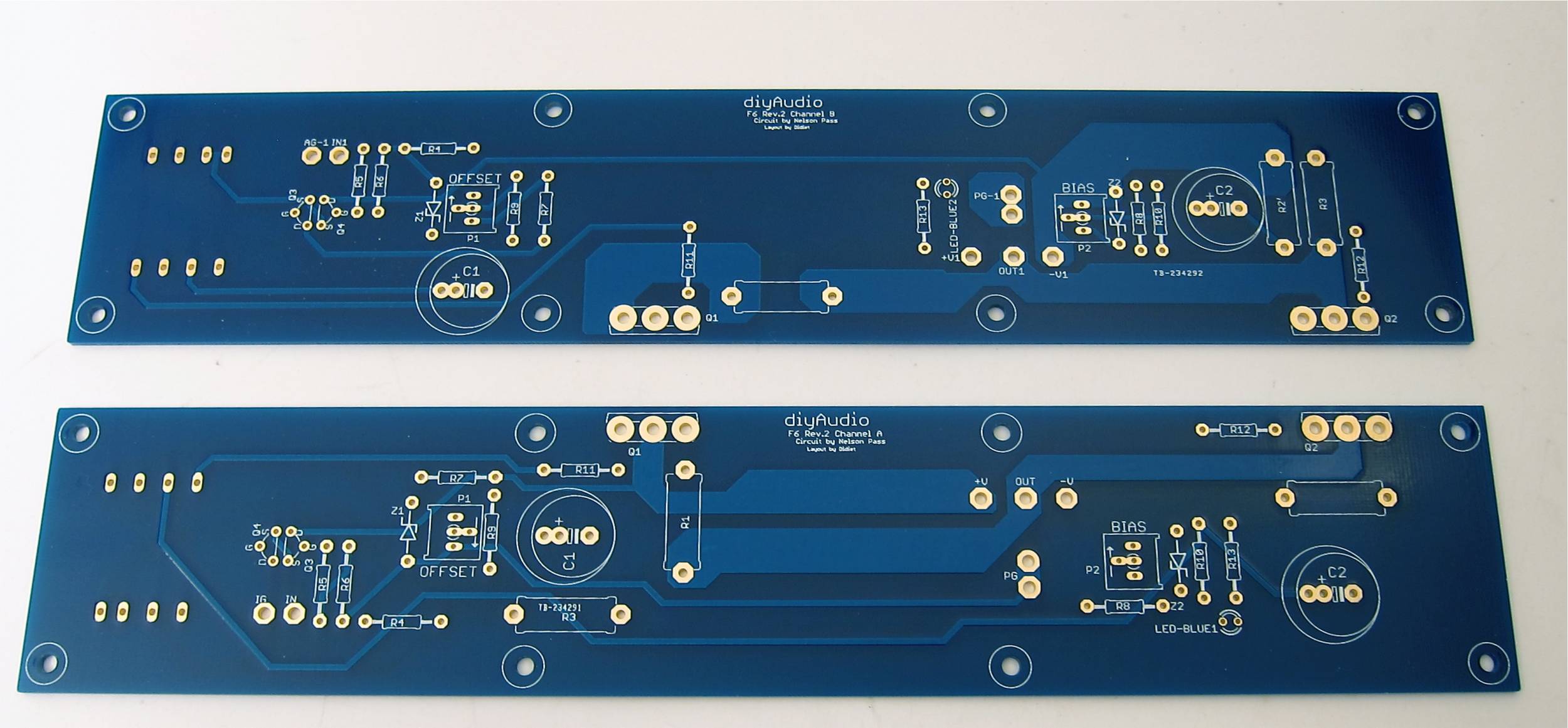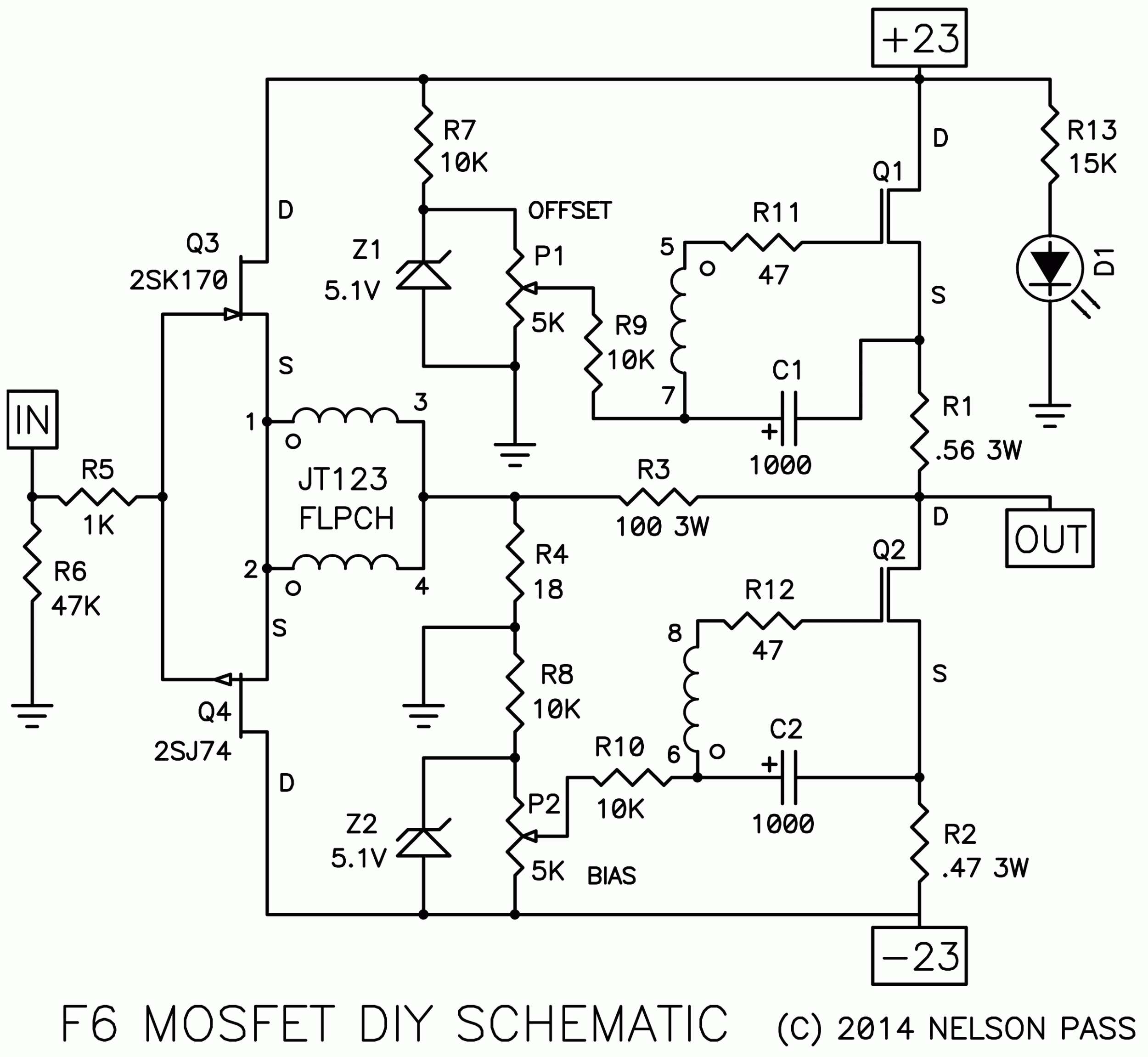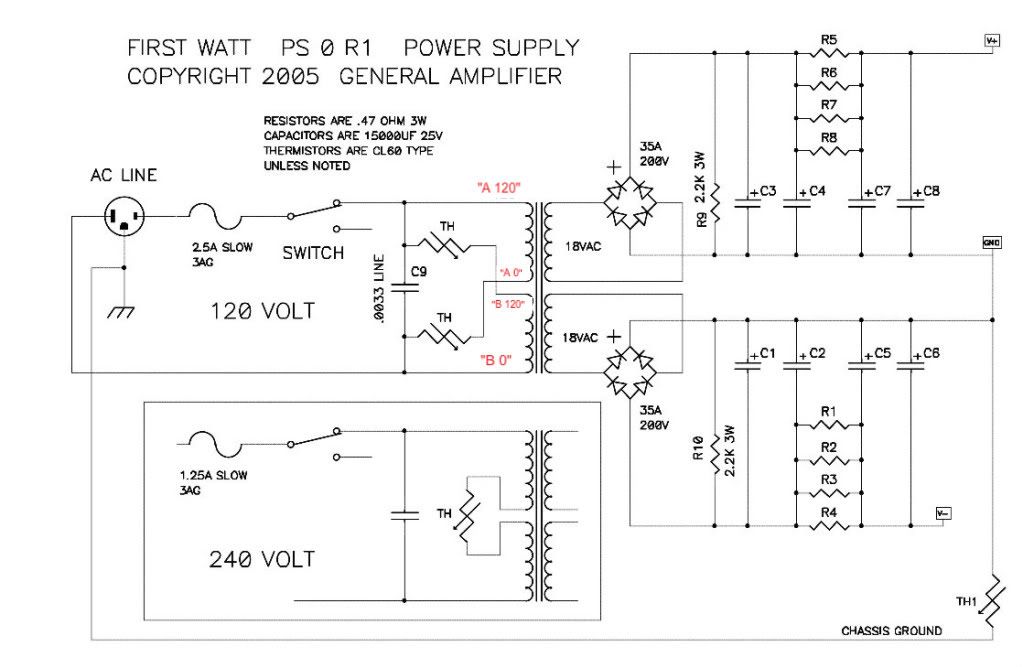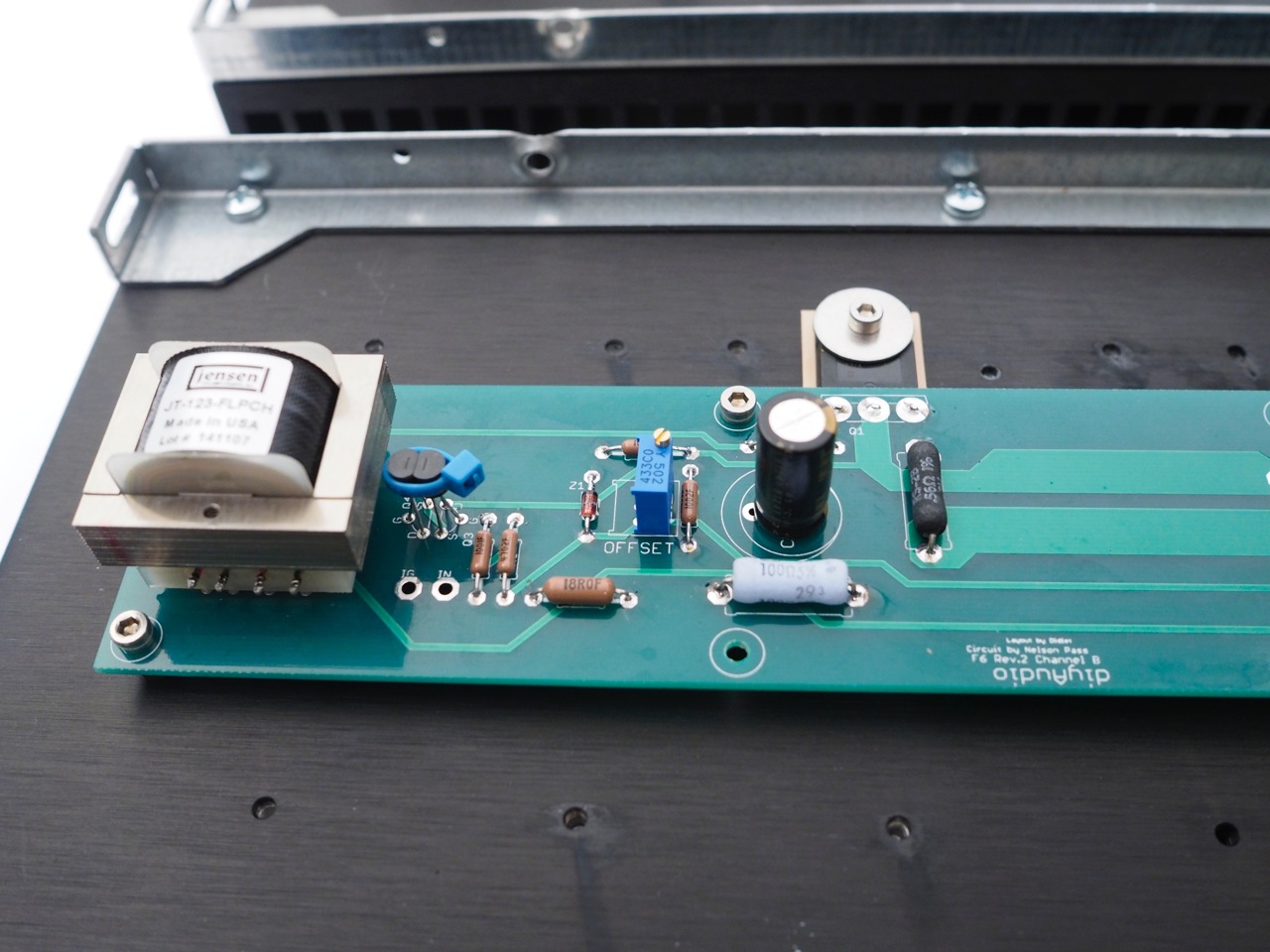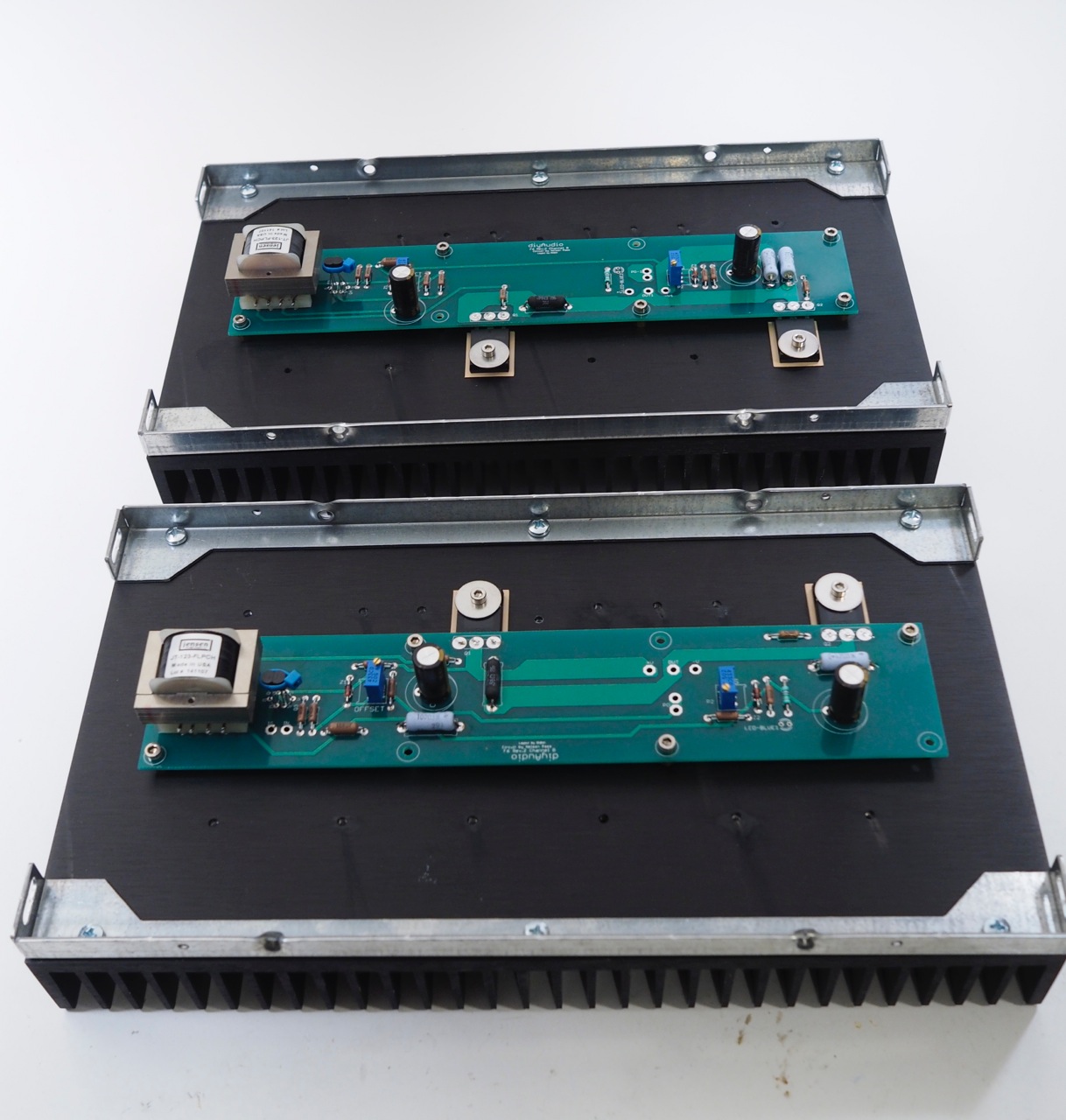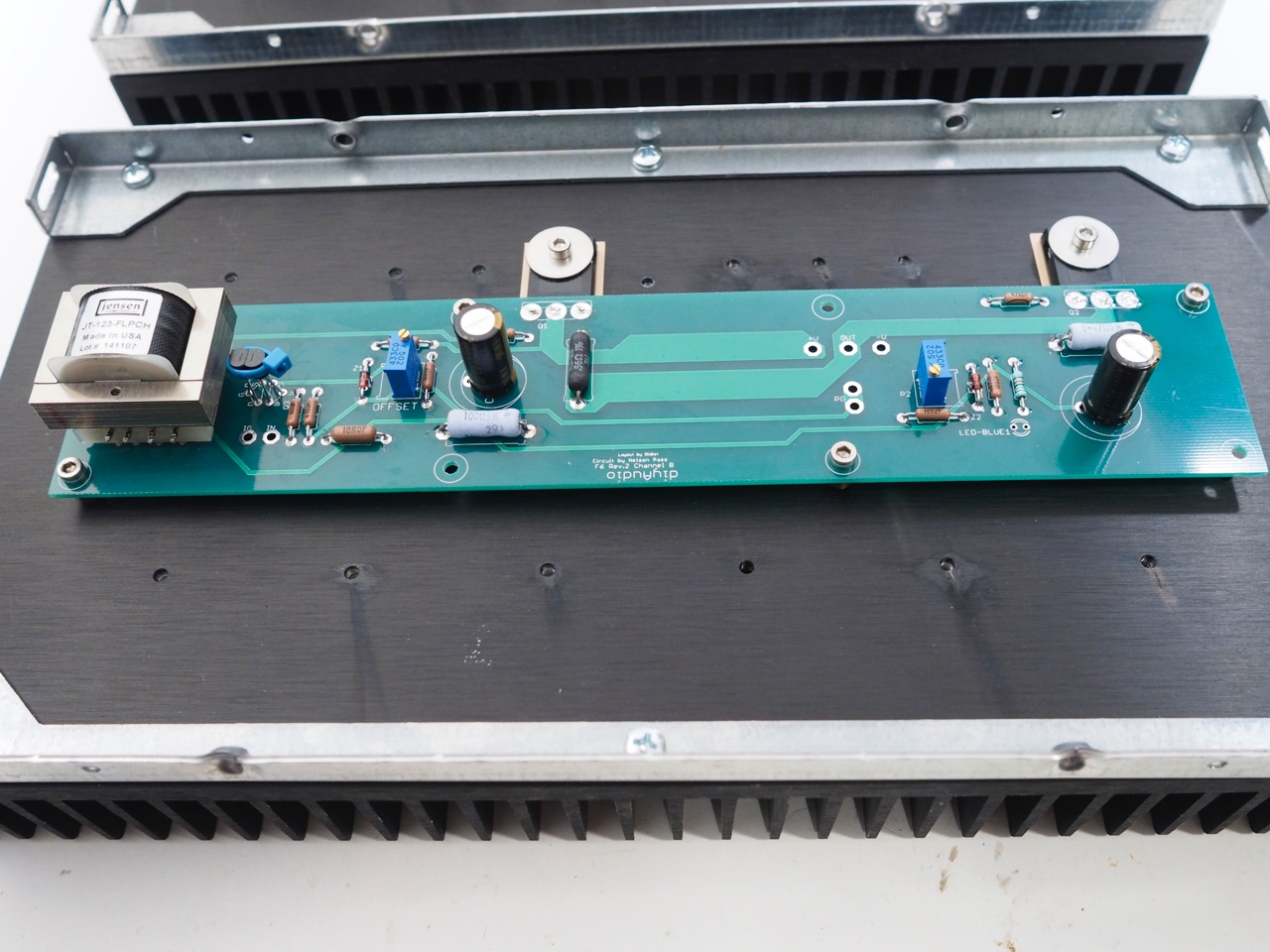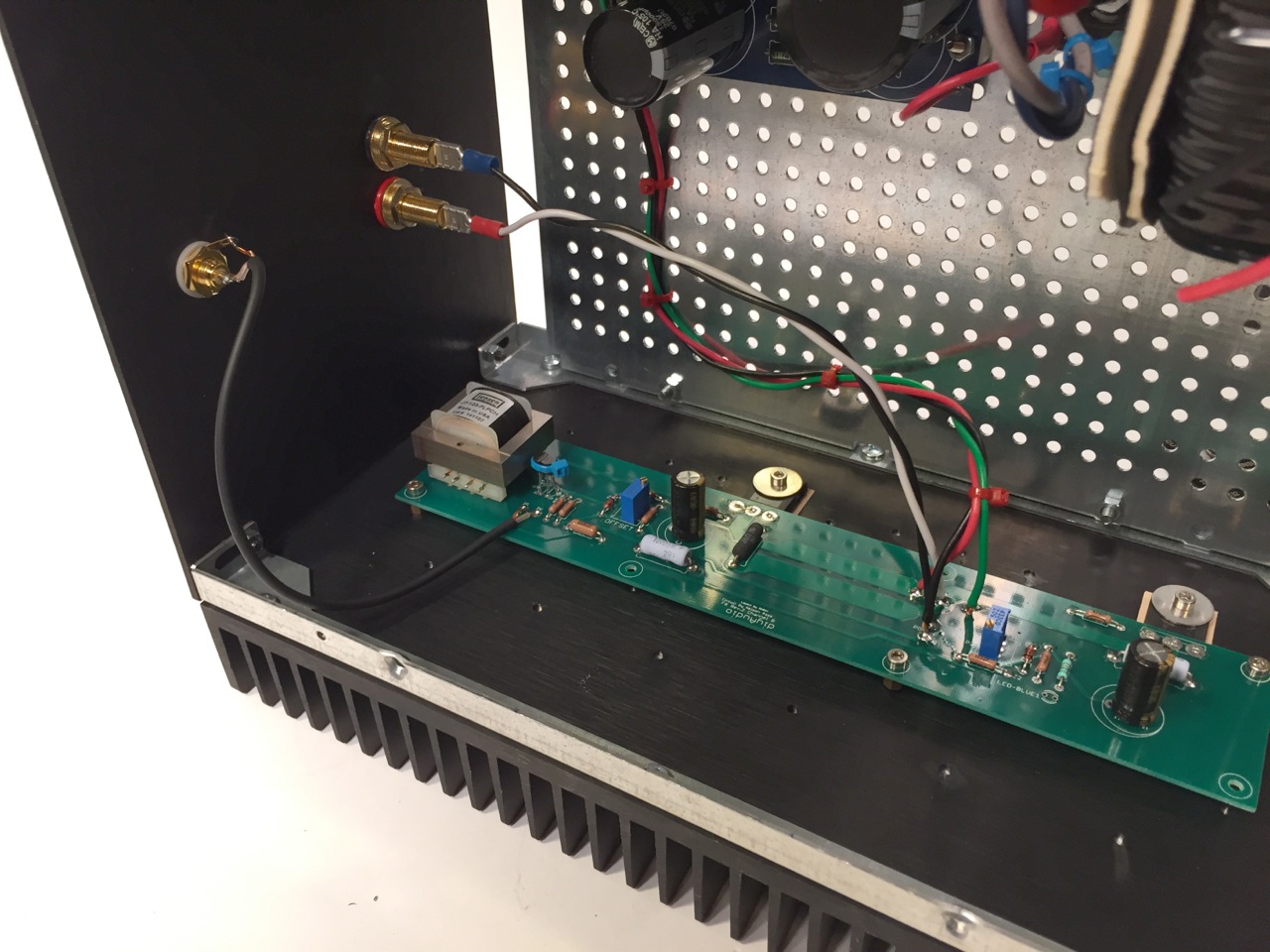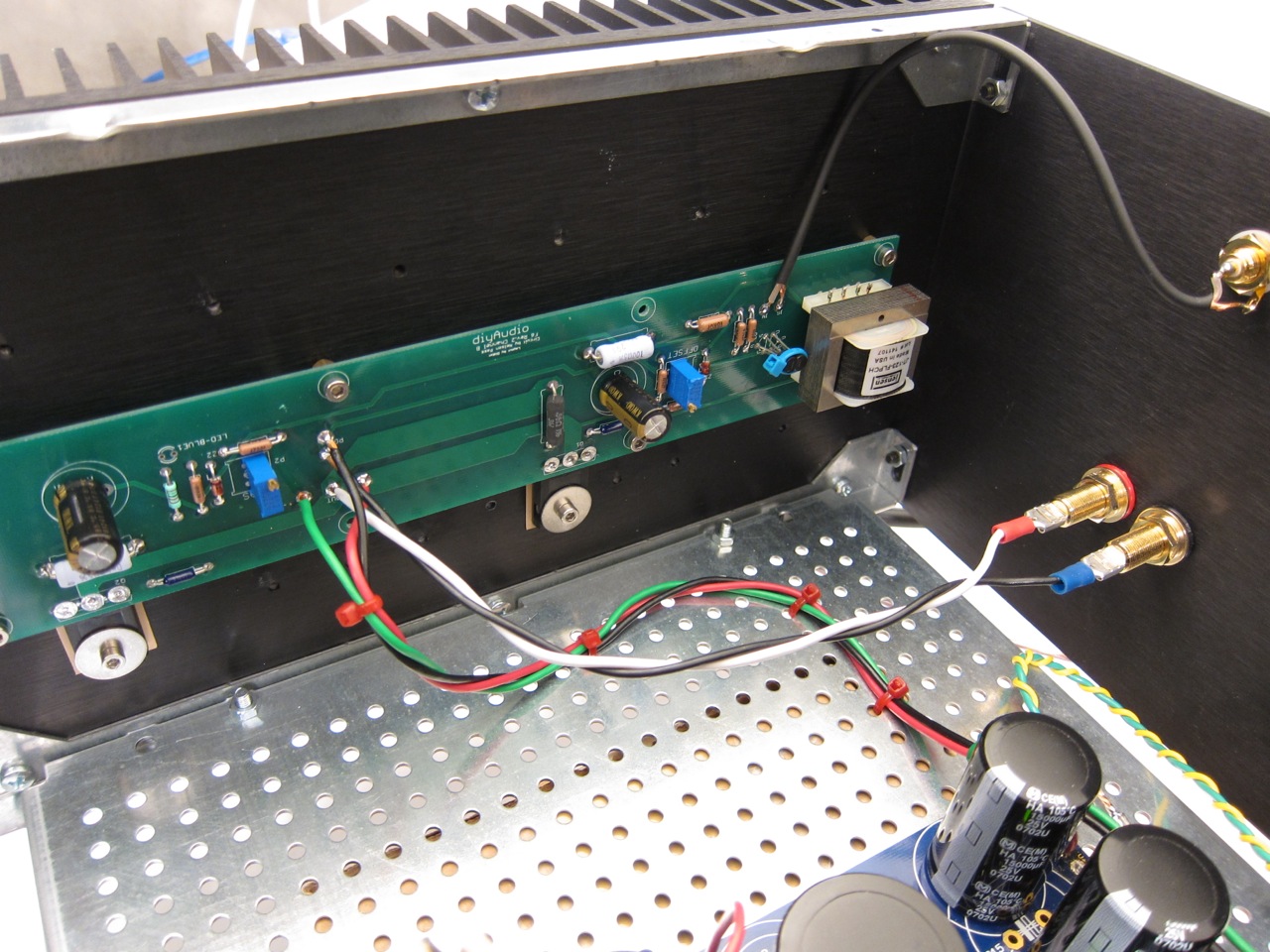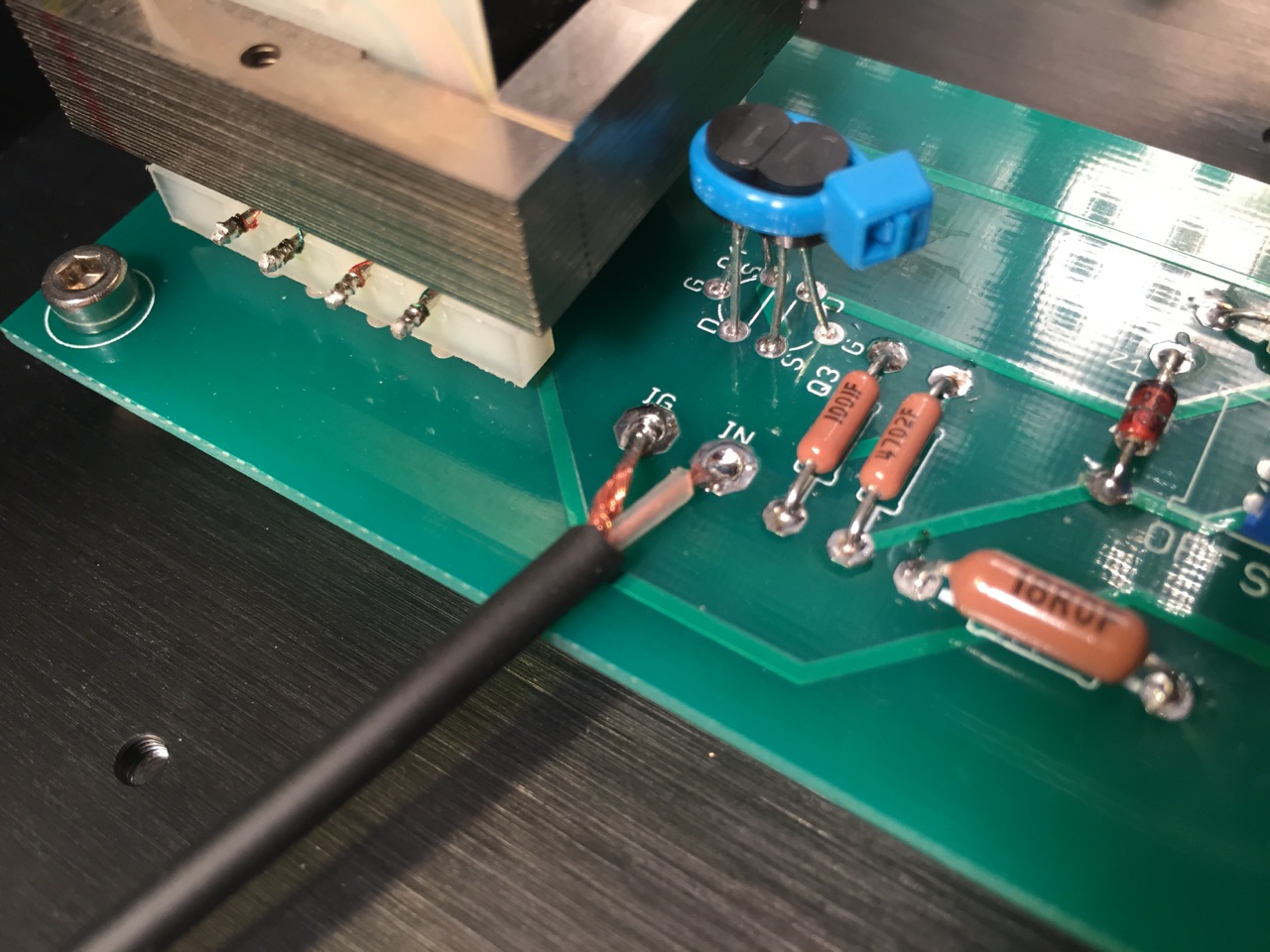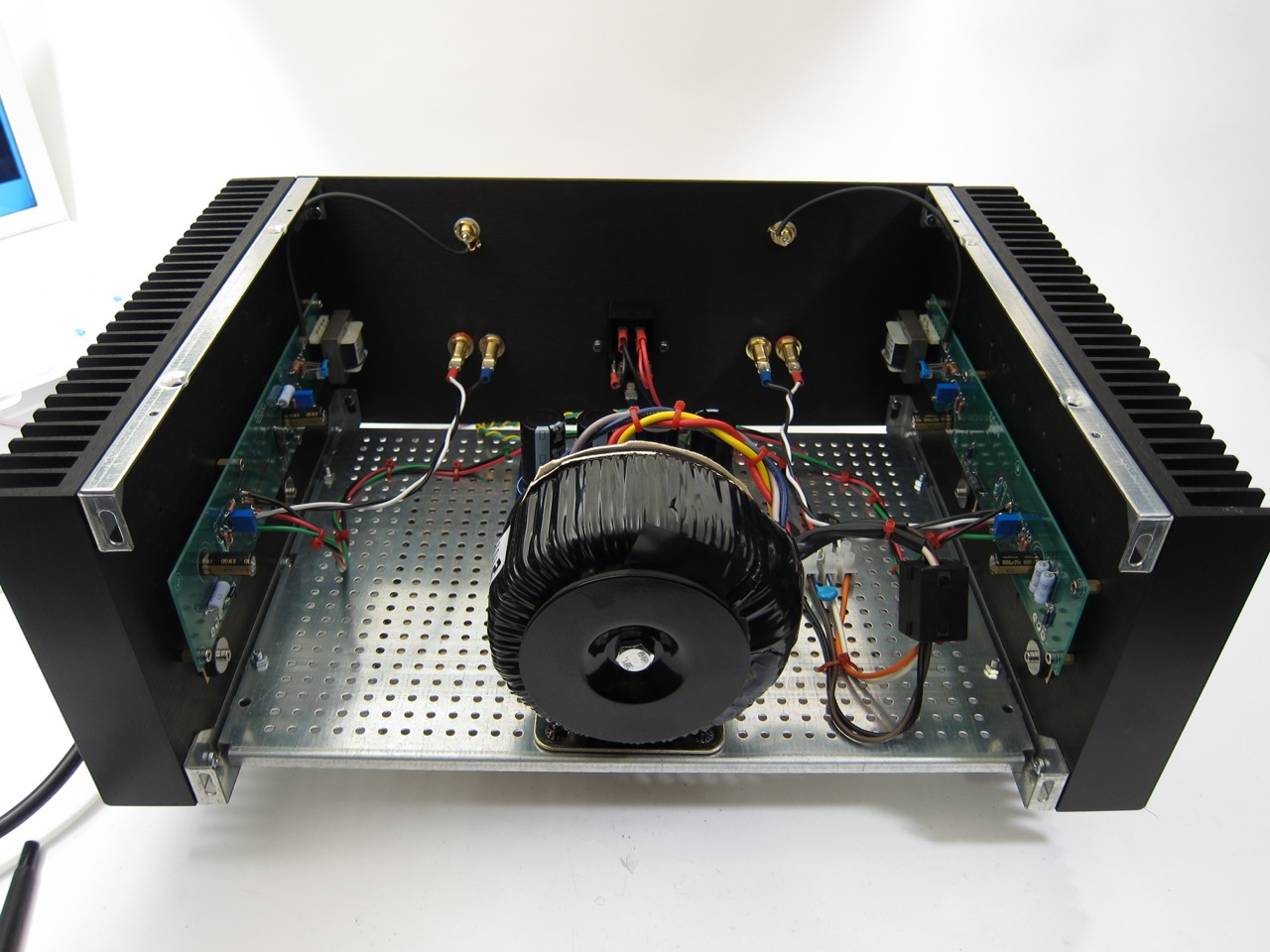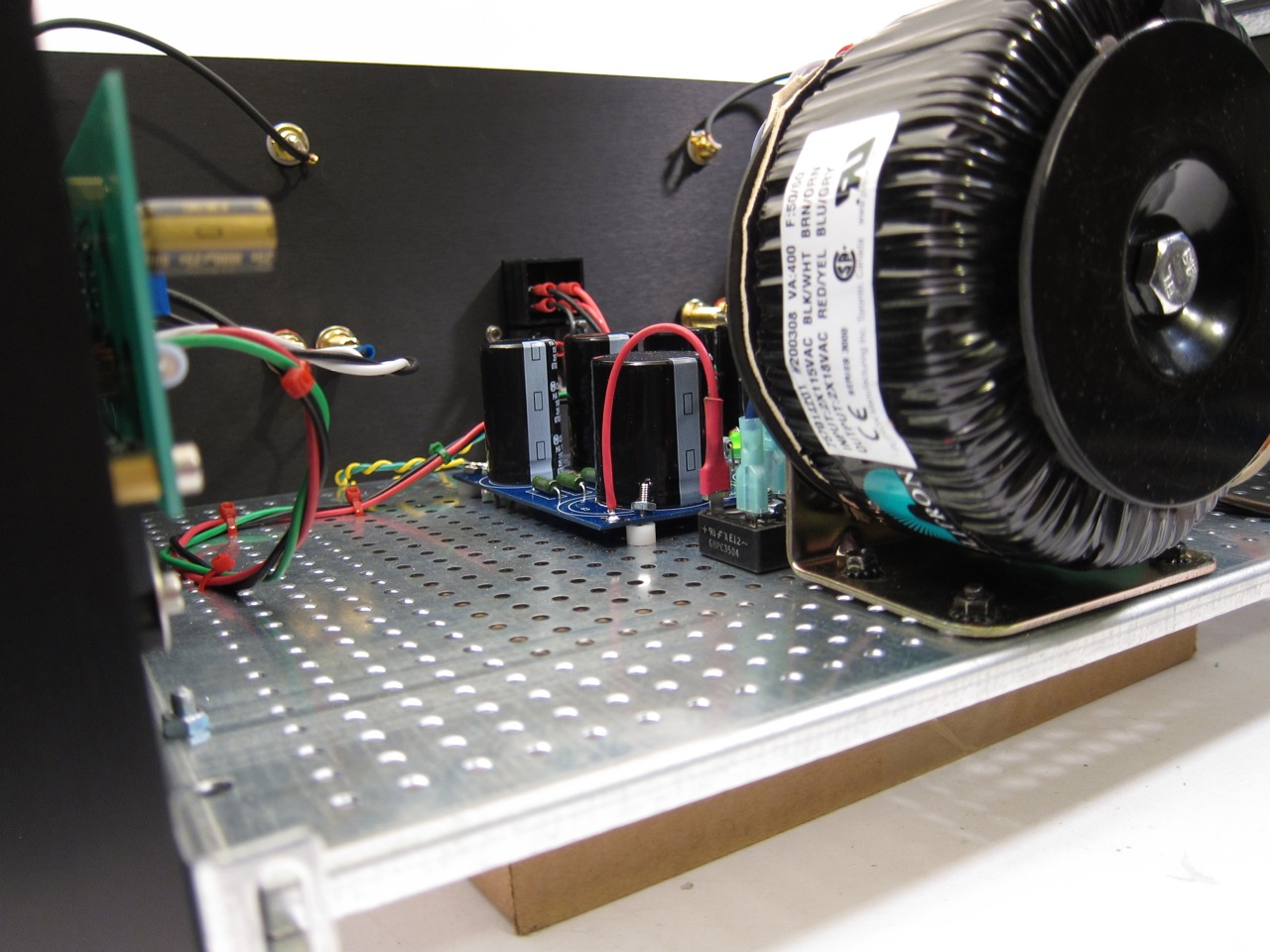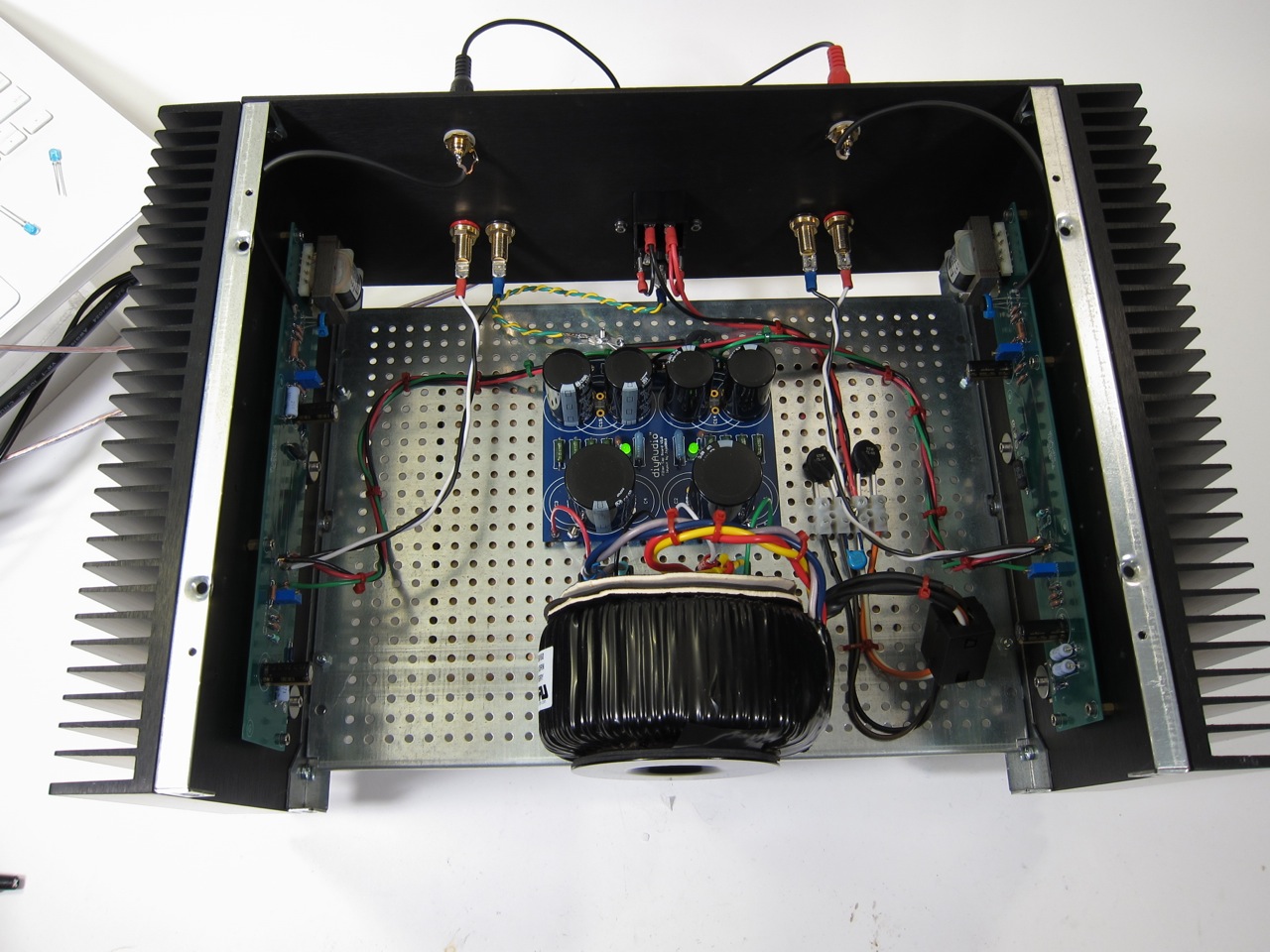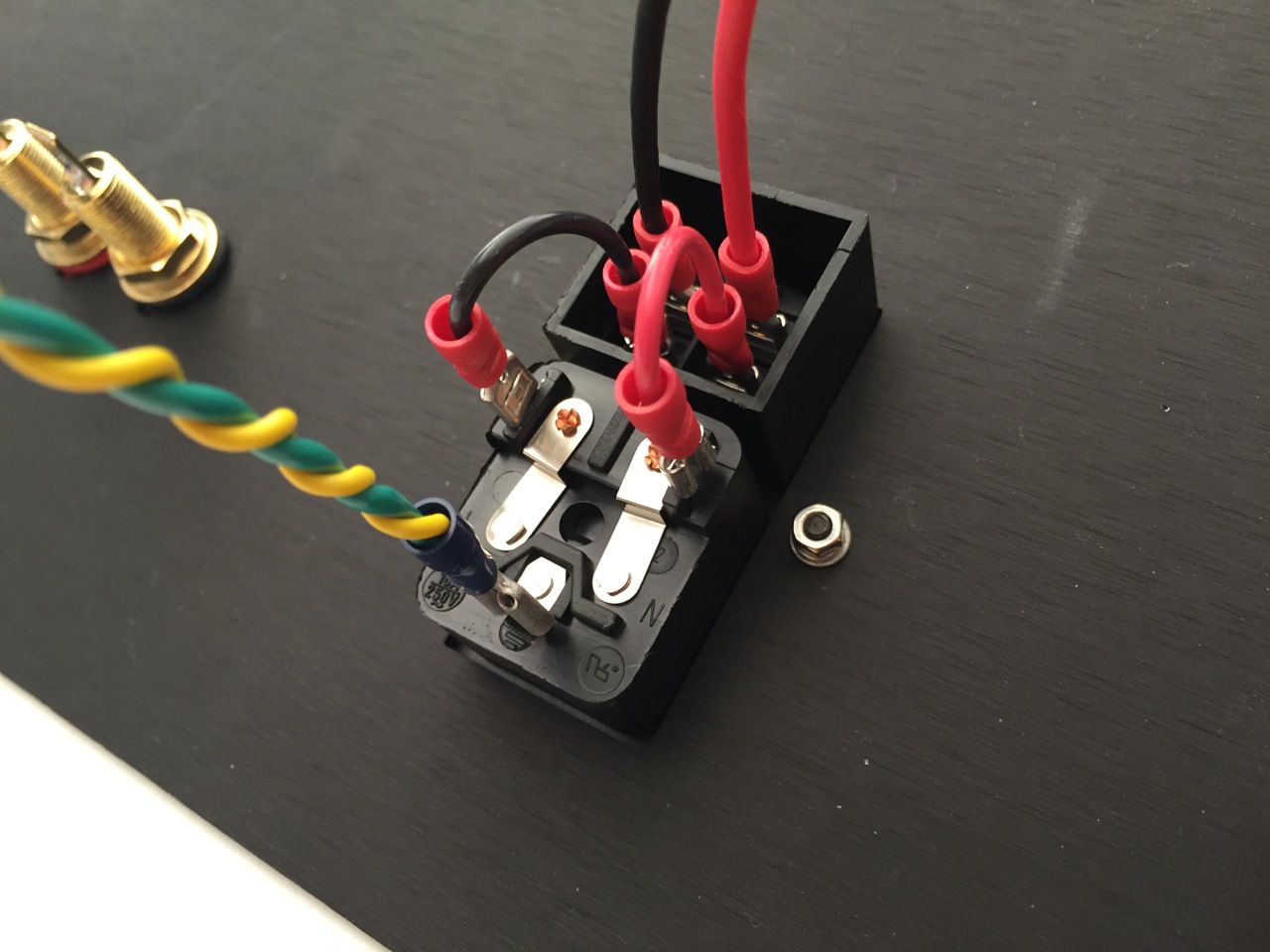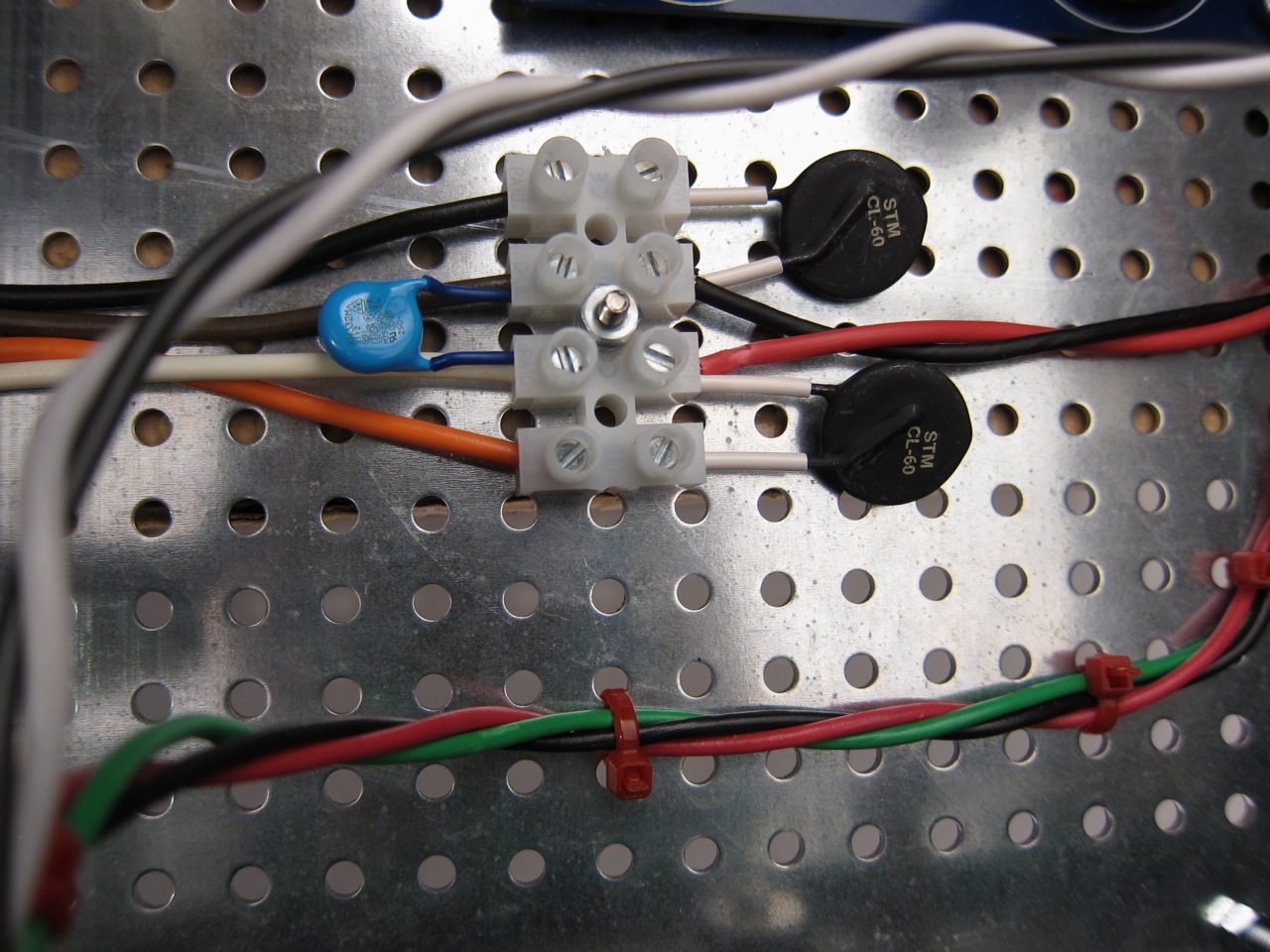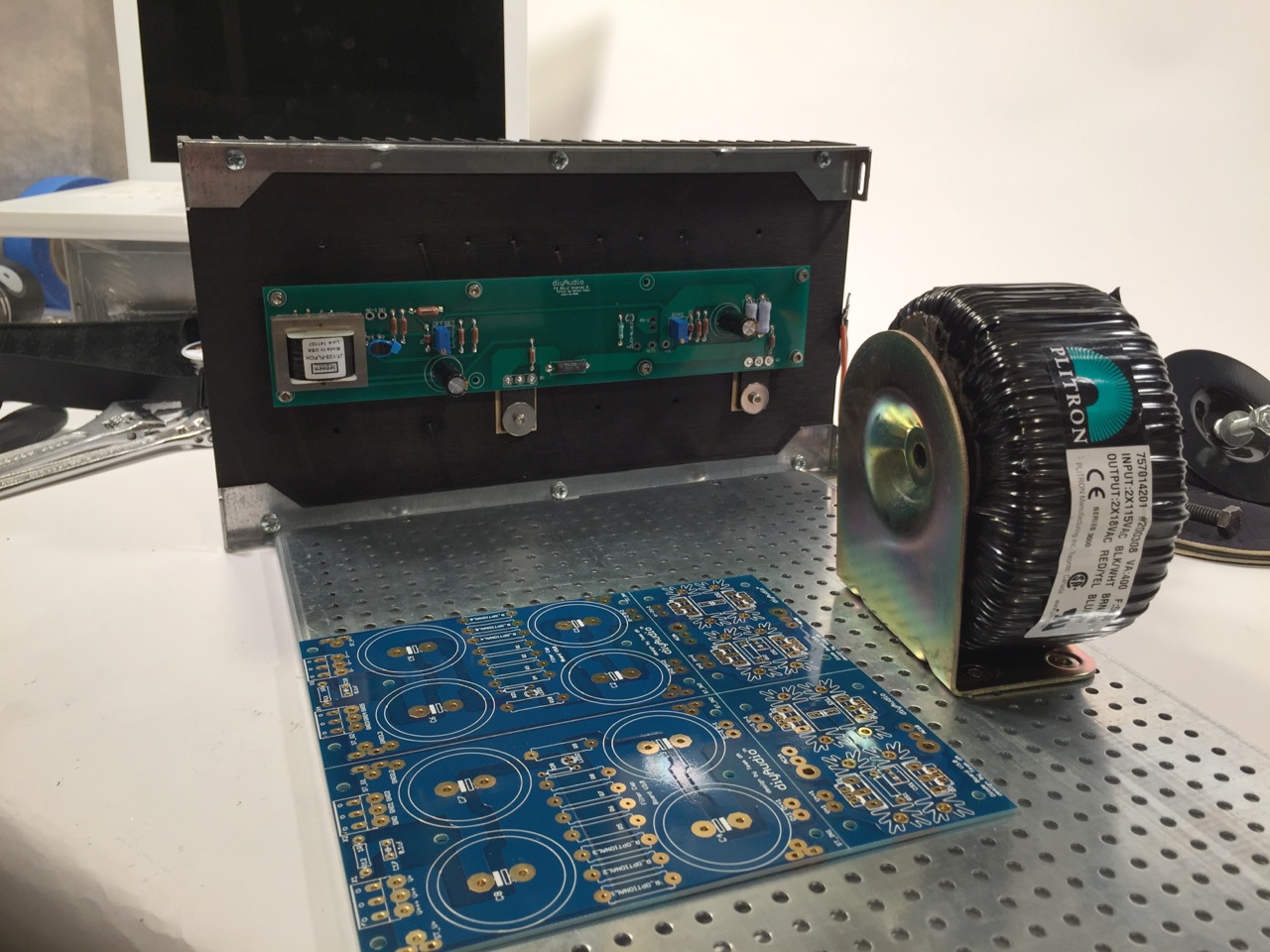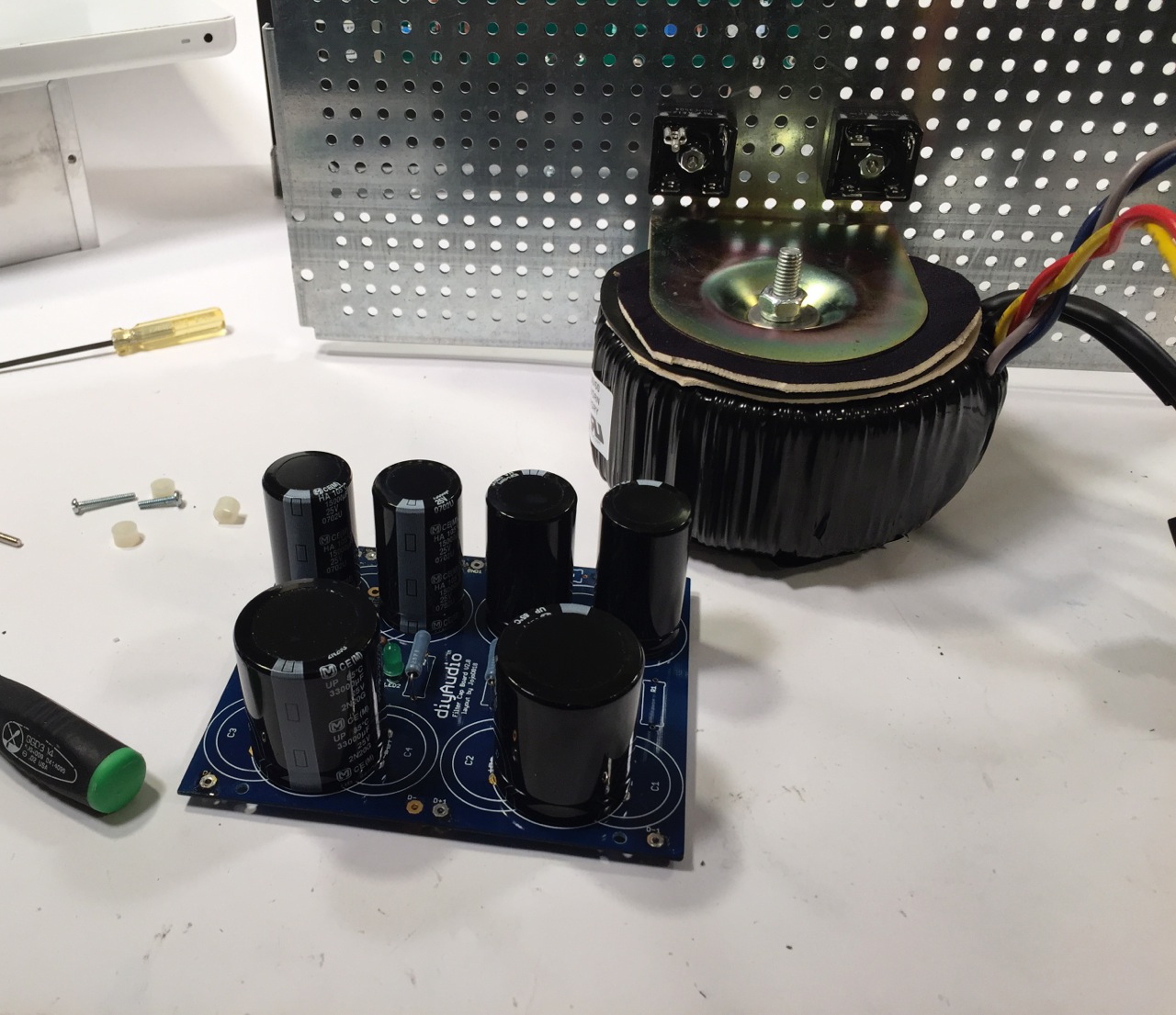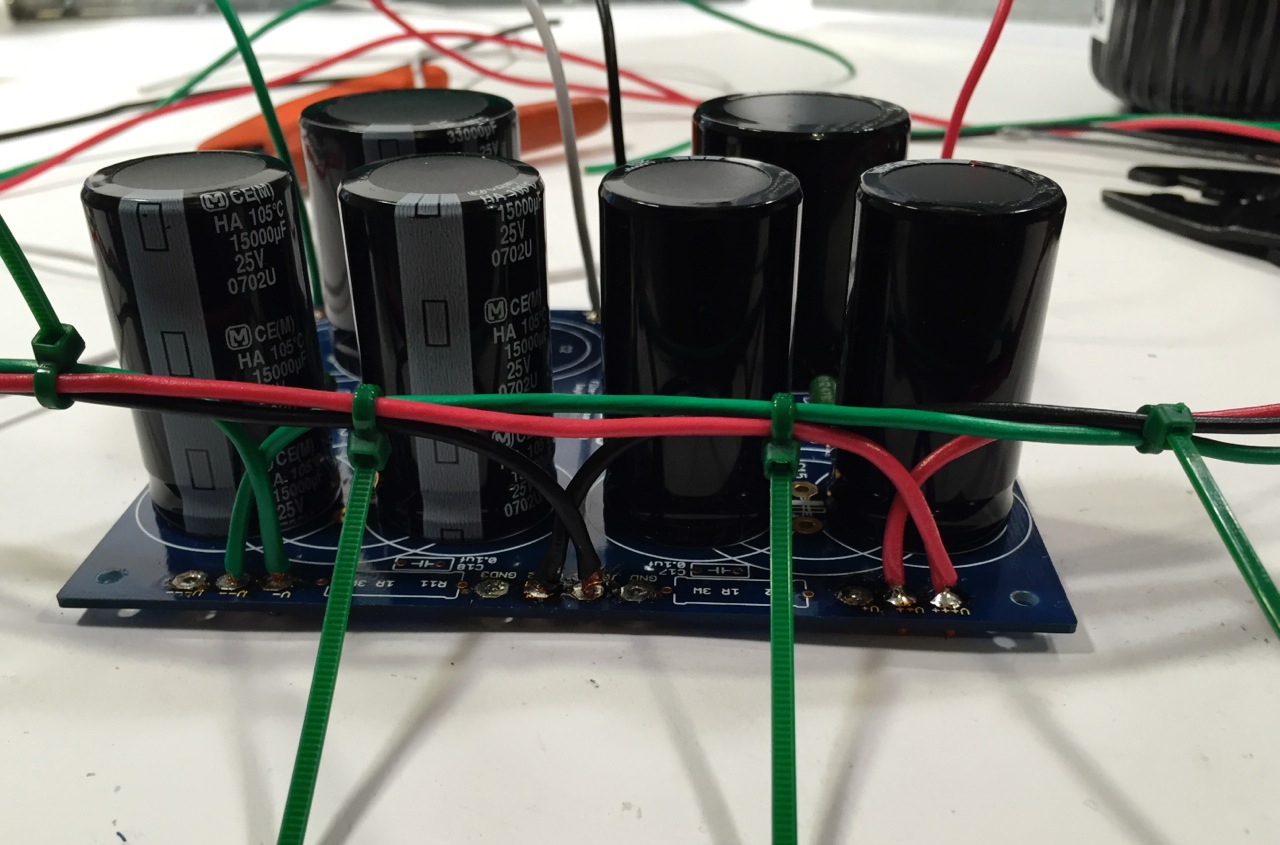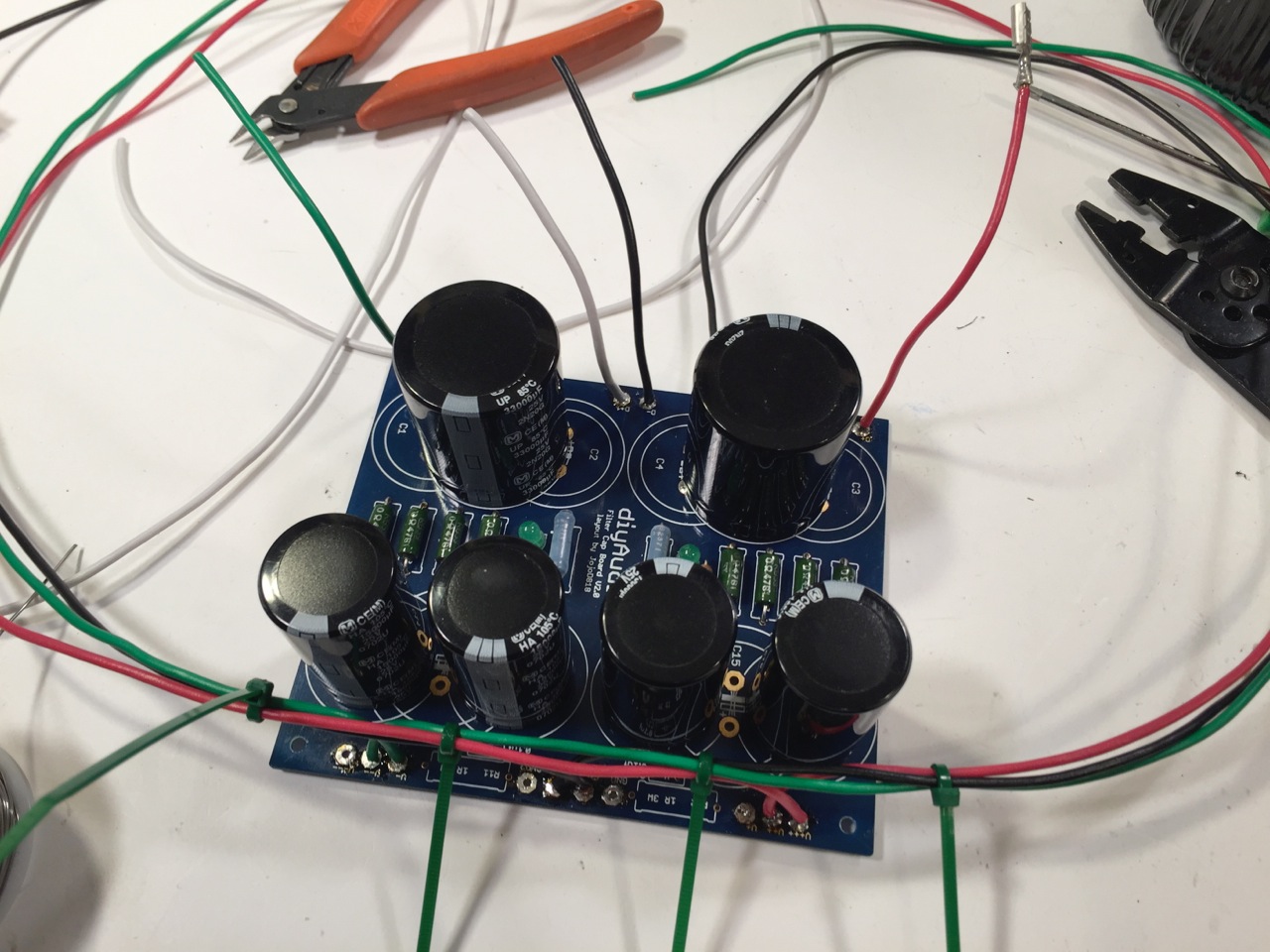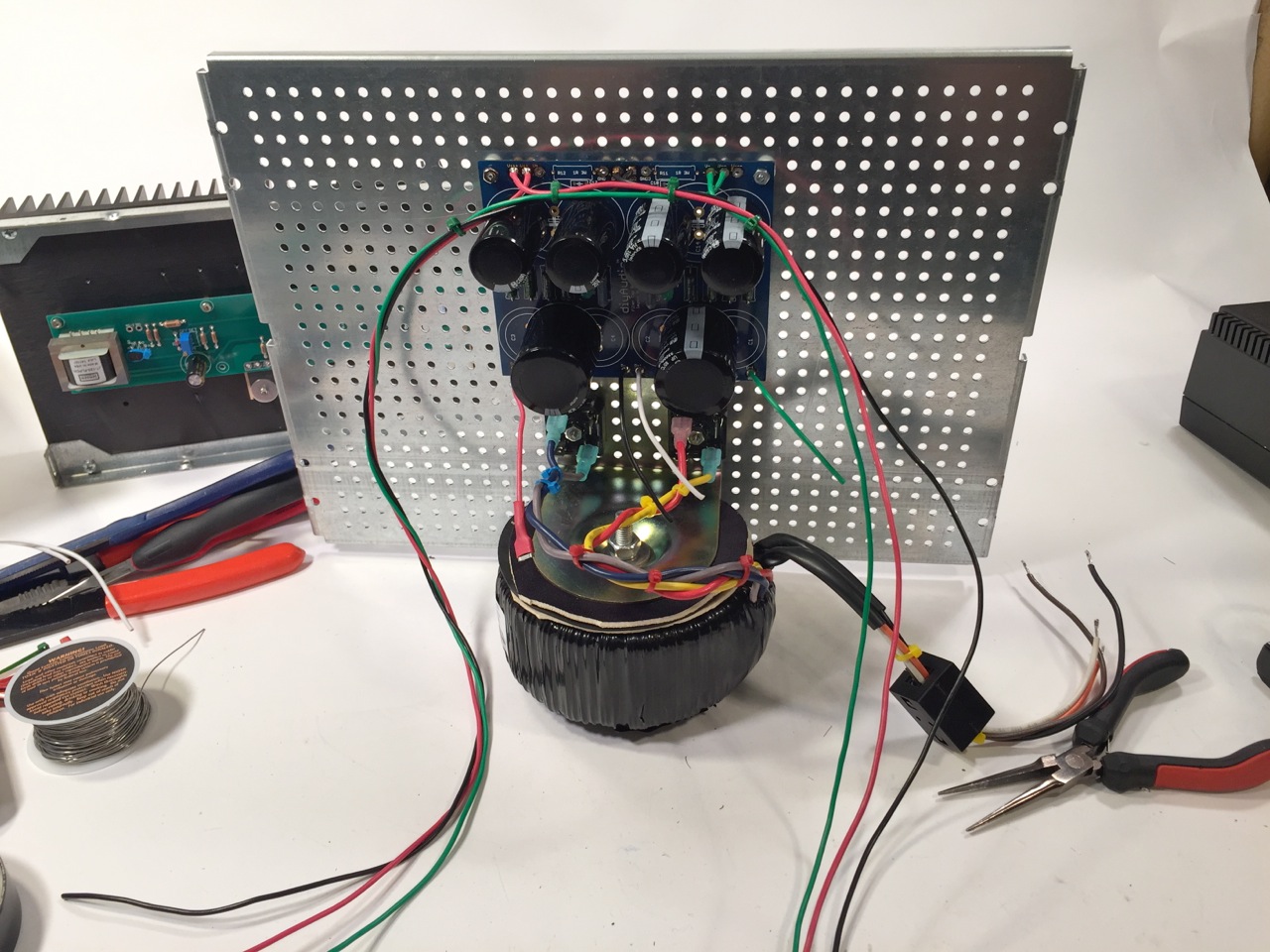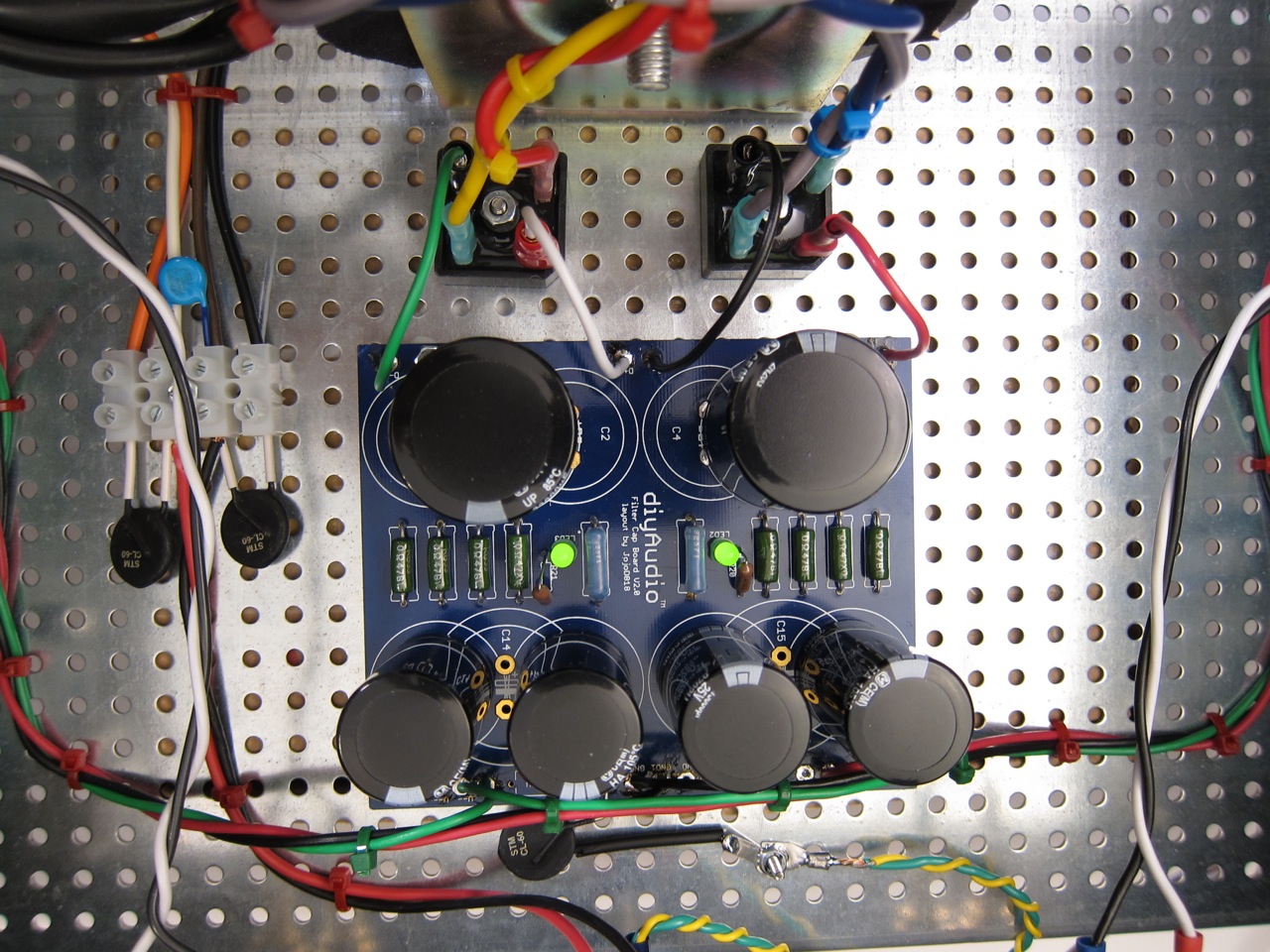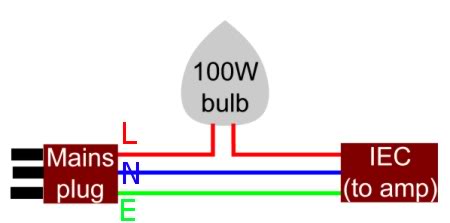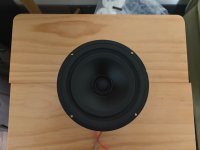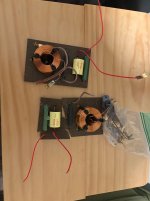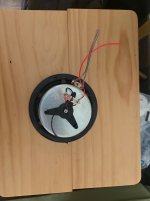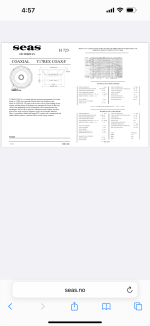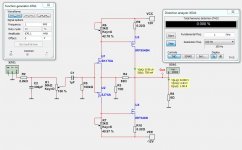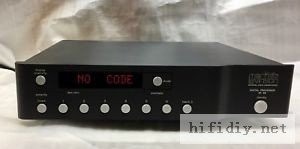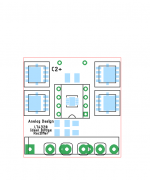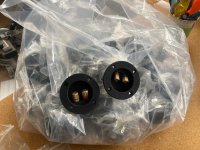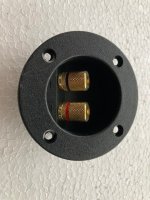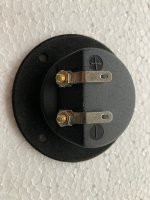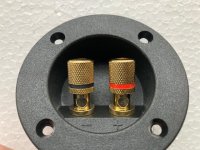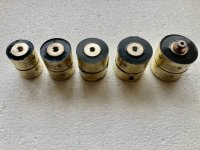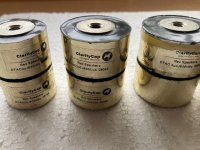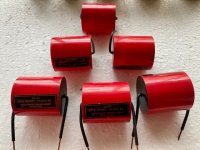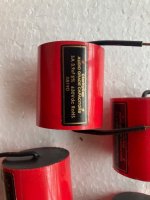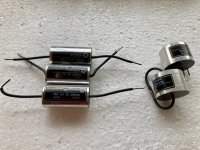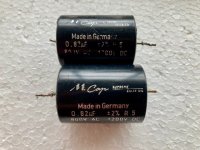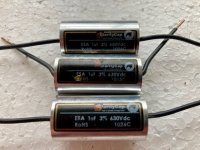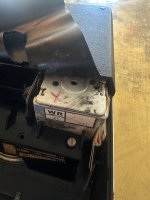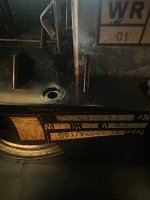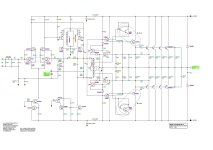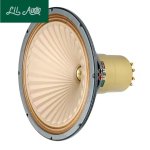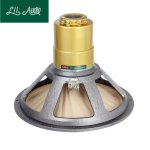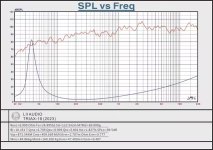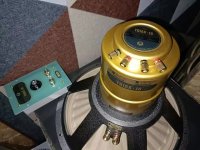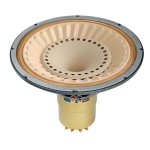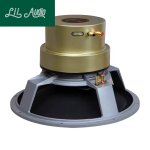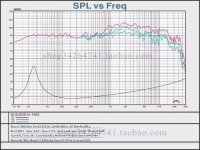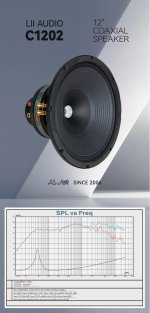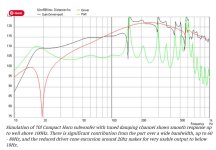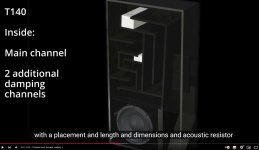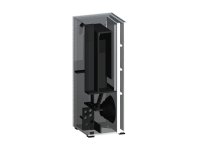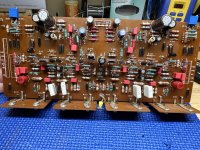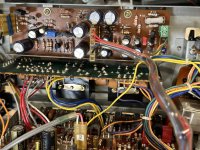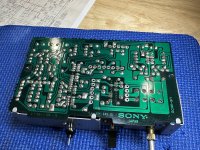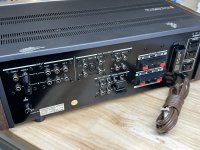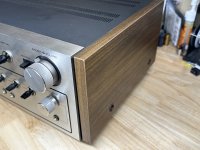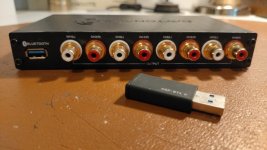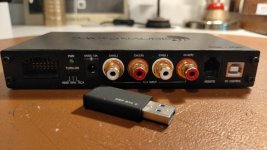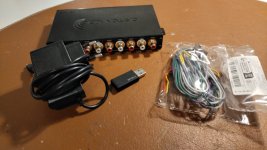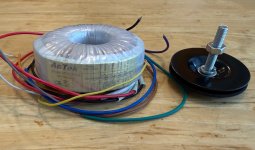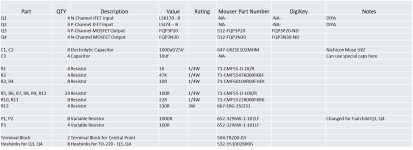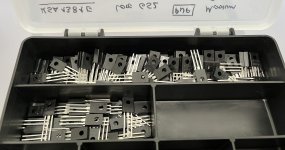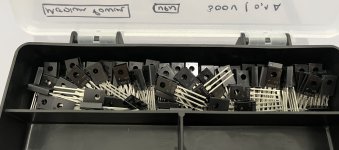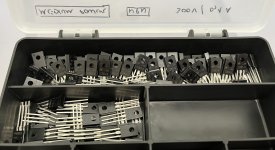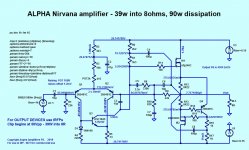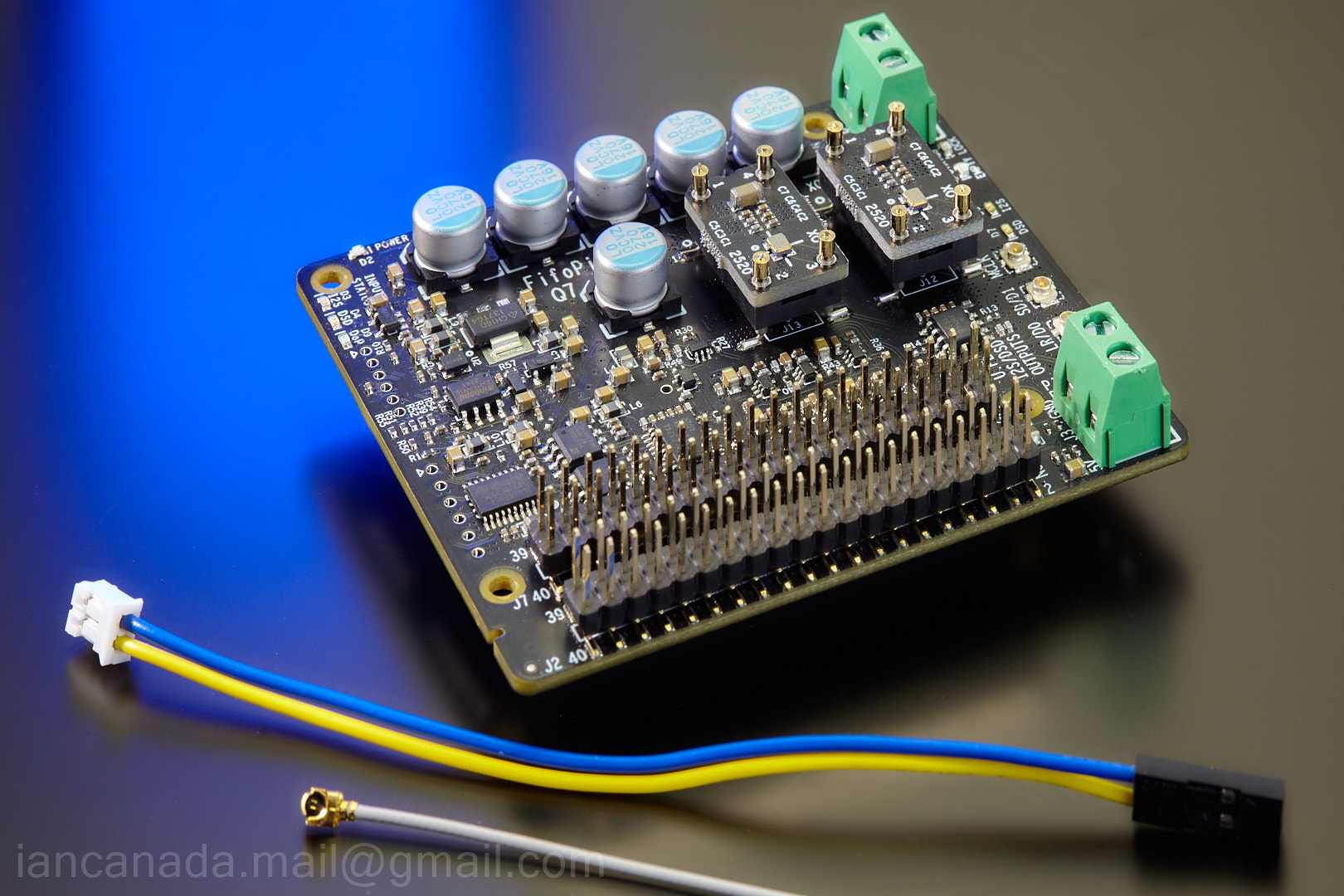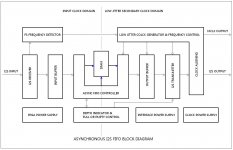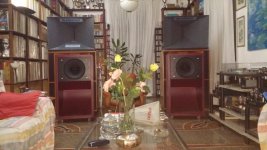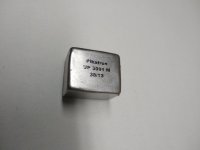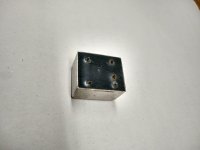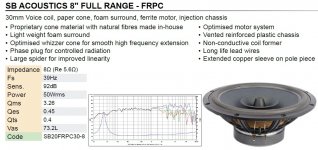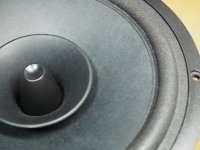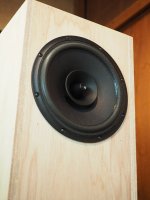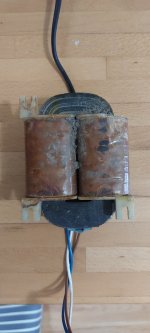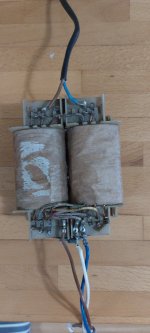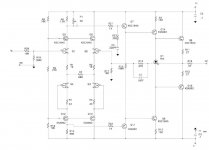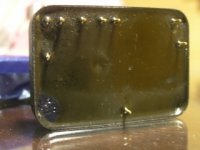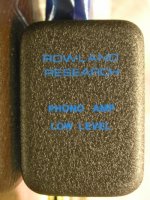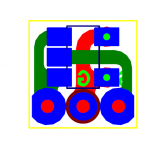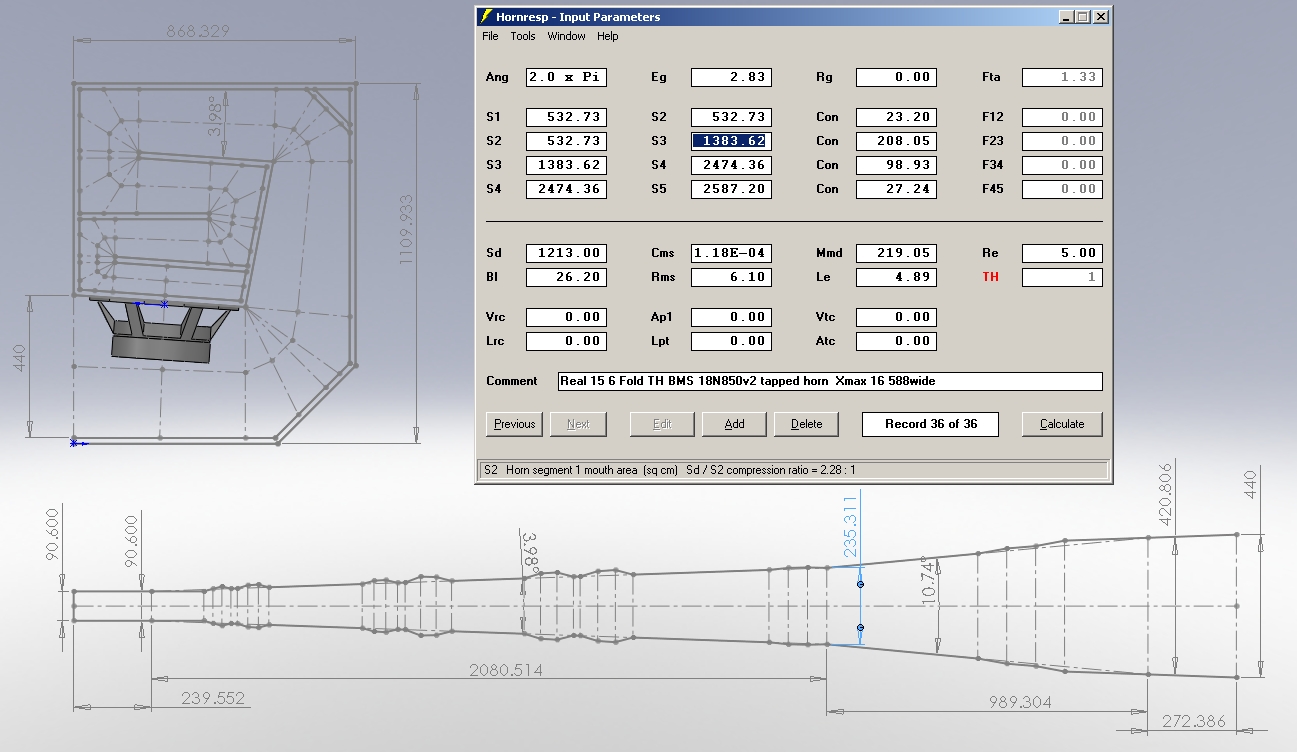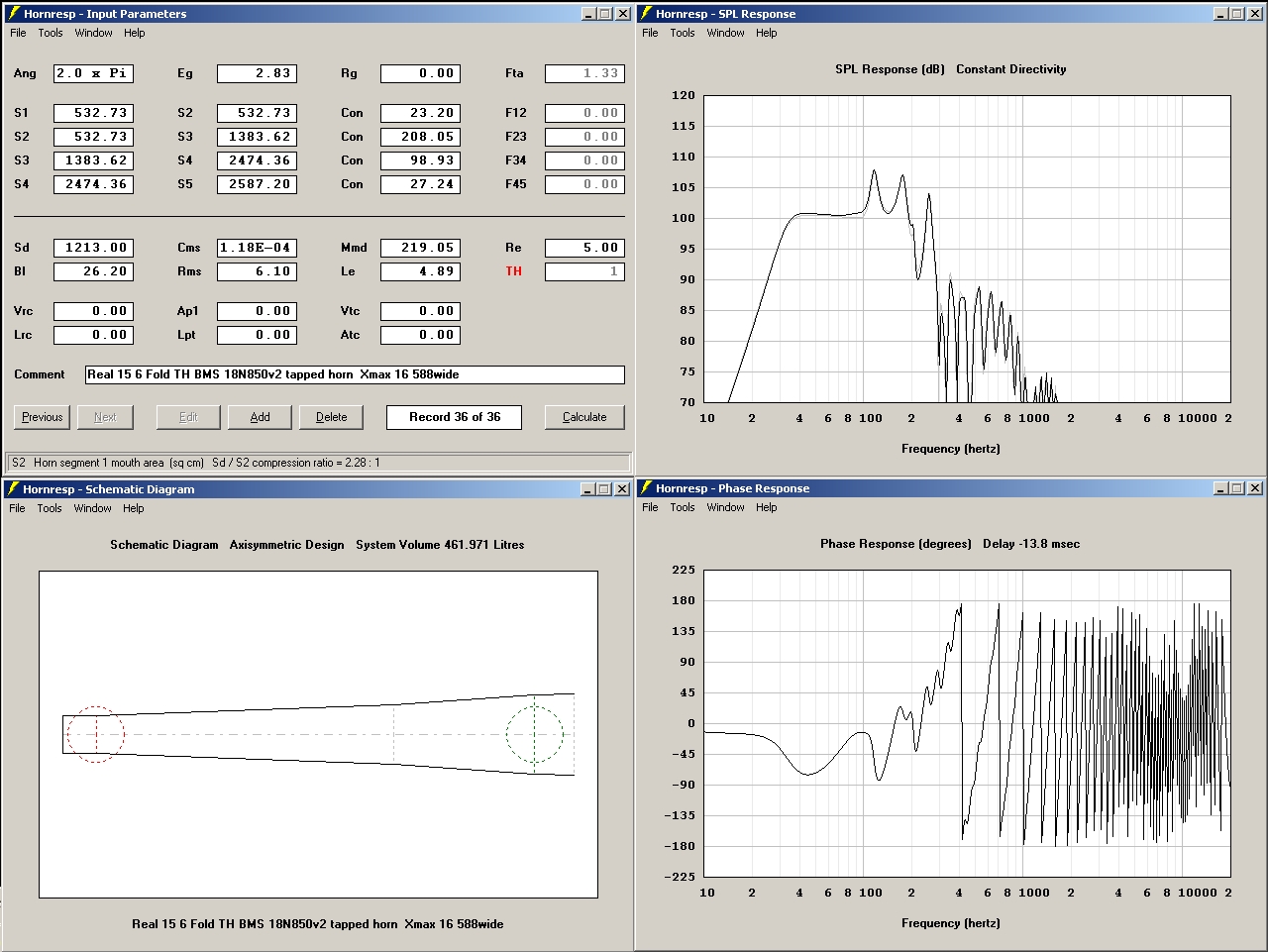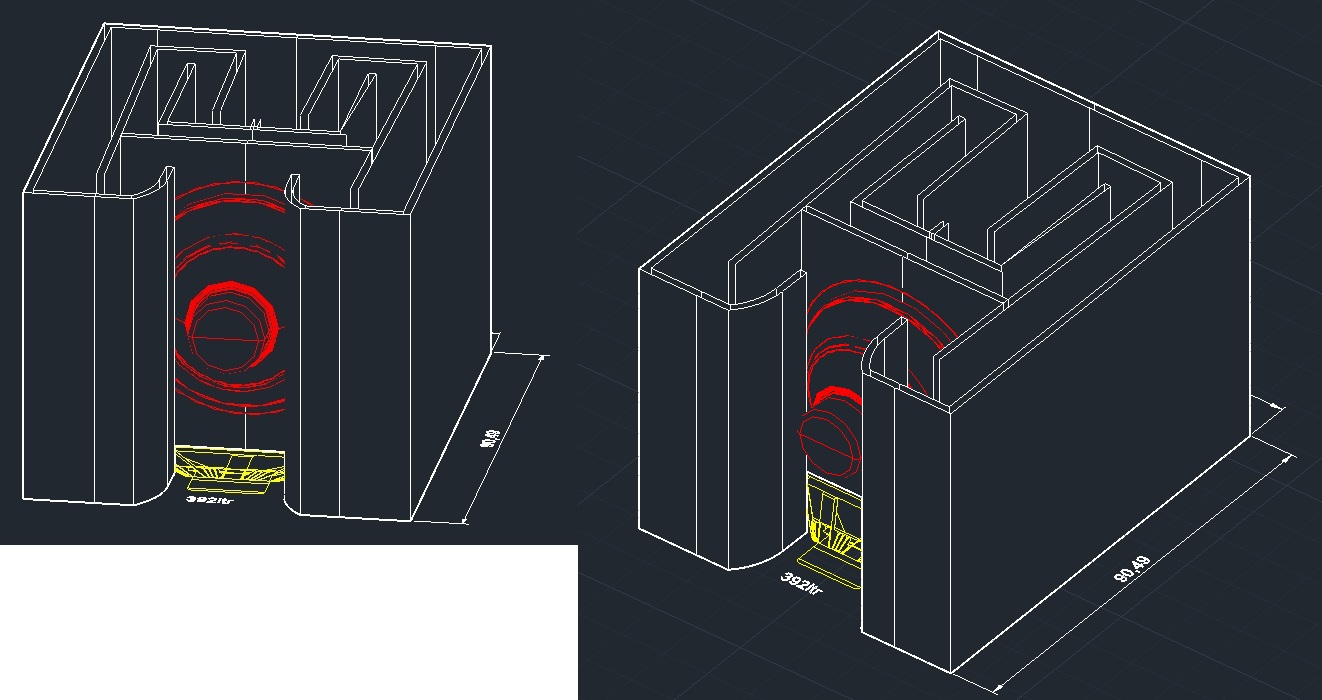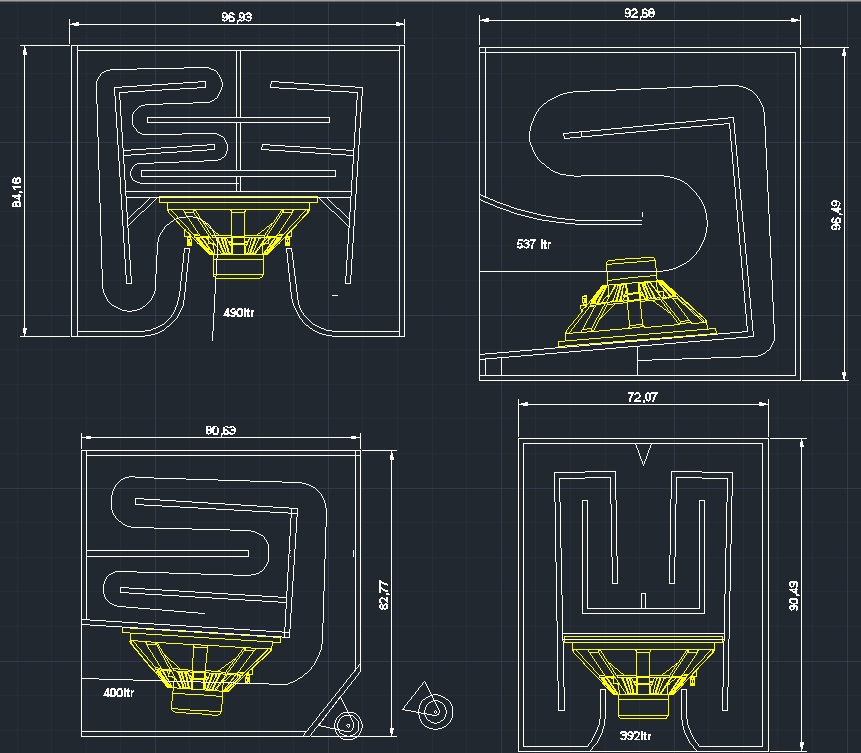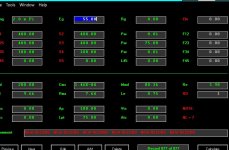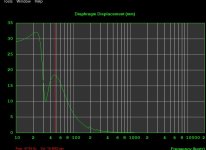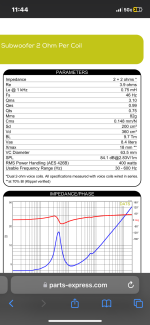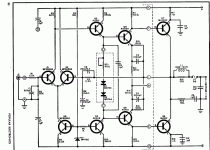Mosfet F6 Illustrated Build Guide
The Firstwatt F6 is a power amplifier from the brilliant mind of our technical, spiritual, and menu advisor, Nelson Pass.
The F6 is unique in that it uses a transformer for phase inversion, and both phases (The ‘push’ and the ‘pull’) of the amplifier are powered by an N-channel device.
This guide uses this PCB set —
F-6 clone boards (2 PCBs, makes 2 channels; Rev 2.0) - Circuit Boards
Or here, the PCB with transformer bundled -
F-6 Board + Transformer Kit – diyAudio Store
SCHEMATIC
The Schematic can be found here -
CHANGES TO THE SCHEMATIC - Change Z1, Z2 to a value higher than 5.1V if you need more bias. Increase in ~.5v steps until you can bias properly. The 1N4xxx series diodes are used here, 1N4733 is 5.1v, 1N4734 is 5.6v, 1N4735 is 6.3V, etc...
Suggested change, make R11, R12 110ohm. More information can be found in the BOM.
And an example PSU is here -
diyAudio PSU v3 build guide —
diyAudio Power Supply Circuit Board v3 illustrated build guide
CHASSIS
The example amp is build into a diyAudio Deluxe 4U chassis —
Deluxe 4U "Jack of all Chassis" (All Aluminum) V2 - Full width with 40mm Heatsinks - Chassis
Also utilized was the diyAudio Premium back panel parts kit —
Error 404 - Page Missing
ASSEMBLY
Here are the PCB. The production boards are blue, and have some very slight changes to the silkscreen, but are otherwise identical.
Note that the PCB are a matched pair, not 2 of the same PCB. This is to facilitate keeping the input transformer as close to the back wall (and away from the power transformer) as possible.
Stuff resistors first.
After the resistors, stuff the larger components. Jfets, pots, capacitors, etc…
A stuffed PCB, sans transformer and LEDs (Didn’t have any blue ones on hand.
🙂 )
Input transformer. Note that on pair of pins is slightly narrower than the others. There are corresponding pads on the PCB for the narrow pins.
Transformer mounts here.
Both transformer mounted.
Remember, for best heatsink efficency, the mosfet should mount towards the bottom. This heatsink will make the left wall of the case.
You can see all the wiring of the PCB in this photo. (Red Black Green) is from the PSU, (Black White) is to the speaker posts, and the thin coax connects RCA to input.
Black is PSU GND and Speaker negative
White is Speaker positive
Red is V+
Green is V-
Input wiring from RCA
Completed, working amp. Need only to finish assembling the chassis around it.
(The black box on the transformer lead is a clamp-on ferrite clamp. Necessary? No. Might it help? Yes.)
POWER SUPPLY
IEC socket. You must wire the fuse holder to the switch as shown.
The long wires go to the terminal block with CL-60s, line cap and then the transformer primaries. I needed a bit huskier wire for the safety earth, and added the yellow for clarity.
PLEASE NOTE - this shows 120VAC wiring. Please consult your transformer for proper wiring for other voltages.
Into the block you can see the thermistors and cap, the AC mains from the IEC switch (Red Black) and the transformer primaries (Black Brown White Orange)
Safety earth and the CL-60 used to elevate PSU ground.
Two things to note - 1) I didn’t know if the power transformer was going to magnetically couple with the input transformers, so I wanted it as far away as possible. This will be almost touching the front plate. The L bracket was something I had from a salvage broken amp, so I can’t suggest a part number. Sorry. 2) Although I didn’t use the current PSU PCB, you can see that there is sufficient room (barely) for the board you can buy from the store.
I used an older diyAudio PCB that I had on hand, mainly because I really wanted to use it up.
Bridges mounted.
Wiring up the PCB.
More wiring.
For those of you wondering why I choose to have 2 big caps on one side and 4 on the other, it’s simply because I had those caps in my box. There’s no gain nor detriment to doing it in this manner.
The secret to clean wiring? Simple - start with your leads overly long and trim as you need to, and use lots of zipties.
😀
You can see the connections from transformer secondary to bridges and from bridges to PSU board.
PSU lit up.
TESTING AND POWERUP
Test PSU first for proper voltages BEFORE connecting amplifier circuit boards.
Then, connect only one amp PCB at a time.
Power Up
I suggest starting with a meter across the 0.47ohm source resistor, and watching it as it turns on, you want to have less than .5V across it to begin, turn it down with P2. If you start with the pot in it’s default position, it will most likely have too much bias initially. Turn off the power, turn down P2, and try again.
BIAS
P2 is marked BIAS on both PCB. Adjust this pot as necessary to set bias. Please note that as the pots and source resistors have the 1000uF capacitor in-between, the adjustments will happen in slow-motion and take a while to stabilize. Make small adjustments and wait as necessary. Patience is a virtue.
With DC voltmeter across the 0.47 source resistor, start by setting a bias reading of .5V (500mV) This will give a current of 1.05A, (.5V / 0.47ohm = 1.05A) which with a 24V rail gives about 25W of heat. Then zero your DC offset. Once you are satisfied that everything is stable and happy, you may increase the bias if you choose.
Remember the 3 rules of maximum bias… stop when you reach any of these -
Heatsink of 55C and/or Transistor pin 2 65C
Total bias , both channels, (in watts) of no more than 1/2 the power transformer’s VA
1/2 the maximum dissipation (in watts) of the output device. In the case of the IRFP240, it’s a 150W device, so no more than 75W. (Which is really, really hot…)
Generally, you will reach the 65C limit of the transistor before anything else.
OFFSET
P1is marked OFFSET on both PCB. Adjust as necessary to set 0V DC across the speaker terminals. Again, because the capacitor needs to charge and discharge as you make changes to the pot, any input to the pot will take some time to display on the meter, and it will seem as if it’s reacting in slow motion. This is normal.
Lightbulb Mains lead notes -
Please note that it must be an incandescent light bulb, not an LED or Florescent.
If the bulb ever turns on and stays bright, you probably have a short.
Normal operation when turning on a cold amp will have the bulb glow bright for a second or two, then dim, perhaps off. (this is the capacitors charging, then full)
As you increase the bias of the amp the bulb will glow brighter, and this is linear with the bias amount. A fully biased amp can get the bulb to glow very bright.
You cannot set full bias with the bulb in place - as it increases the bulb will glow more, limiting the voltage to the amp and all the readings will be wrong compared to when the bulb lead is out.
You can, however, set the initial bias with the bulb in place. Start the procedure, turn the pots until something happens, and set, at maximum, 0.1V across the source resistors and zero offset. Getting the pots started this way is a good idea. Remember, this is with a reduced voltage, and the pots will make the circuit draw MUCH more bias when the normal mains lead in used. Expect to measure 0.2V or more with a normal cord.
